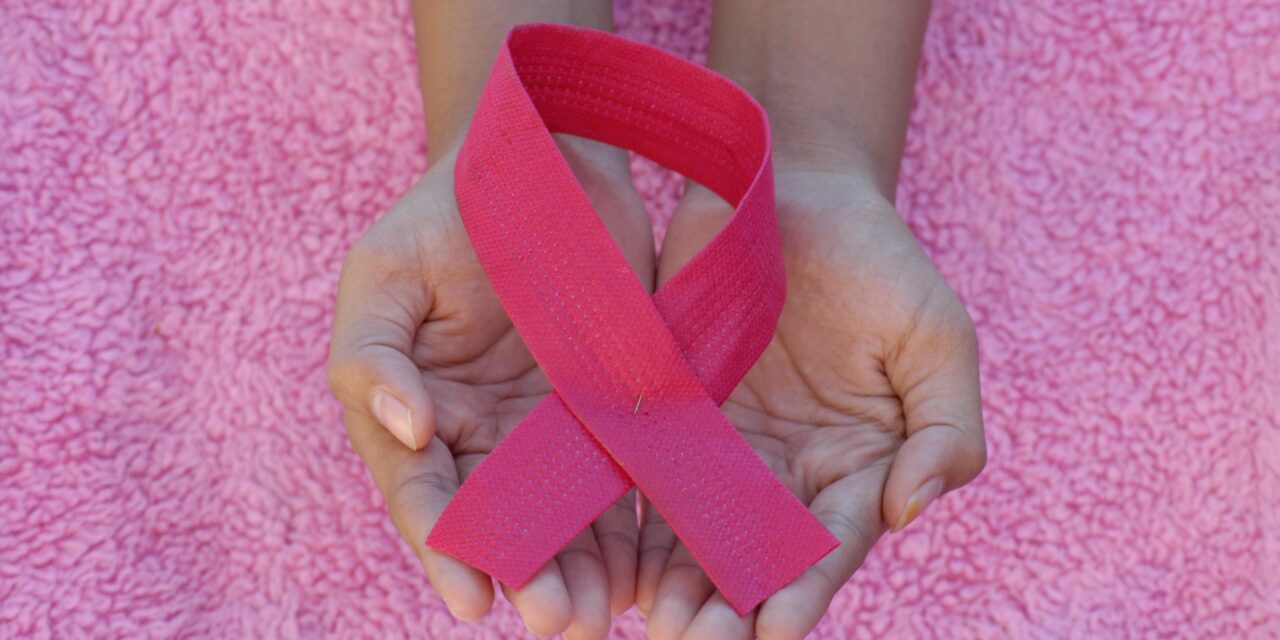Empowering Women: The Vital Role of Early Detection in South Africa’s Breast Cancer Battle
By: Dr Karisha Quarrie, Head of Clinical Directorate at Life Healthcare
October is a pivotal month in South Africa’s healthcare landscape, designated as Breast Cancer Awareness Month, spearheading an international endeavour to illuminate a disease that profoundly impacts countless lives. Startling statistics from the National Cancer Registry (NCR) reveal a harsh reality— one in 8 South African women will confront the battle against breast cancer in their lifetime.
The data from the NCR also spotlights breast cancer as the most pervasive invasive cancer among South African women, establishing it as a critical health concern that demands our immediate attention. According to NCR statistics, it not only ranks as the most common cancer but also stands as the second leading cause of cancer-related deaths among women in the country. These alarming figures underscore the imperative need for heightened awareness and early detection strategies to combat this formidable disease.
While the risk of developing breast cancer escalates with age, it’s crucial to recognise that every woman, irrespective of age, is susceptible, especially those with a family history of the disease. Amidst these sobering statistics, there is a glimmer of hope. Research underscores the significance of regular Breast Self-Examination (BSE) in the early detection of breast cancer (source).
The Power of Early Detection:
Early detection emerges as the linchpin of effective treatment and positive prognoses. Astoundingly, approximately 90% of patients not only survive but thrive for many years after diagnosis when breast cancer is identified in its early stages. This statistic underscores the pivotal role of regular screenings and breast self-examinations.
Breast Self-Examination (BSE) Can Save Lives:
A simple yet potent tool, breast self-examination empowers every woman to monitor her breast health systematically. It involves a methodical approach to checking for abnormalities or changes. Regular BSEs enable women to familiarise themselves with the normal texture and appearance of their breasts, facilitating the identification of any deviations that may occur.
Executing a structured BSE involves:
- Visual inspection in front of a mirror with arms at sides and raised overhead.
- Scrutiny for changes in size, shape, or symmetry, and skin changes such as dimpling or puckering.
- Feeling breasts while lying down and standing up, applying different pressure levels with fingers to check for lumps or masses.
- Paying special attention to the armpit area as breast tissue extends into that region.
What to Do if You Feel a Lump:
Consistency is the key to effective breast self-examination, ideally performed at the same time each month, a few days after the menstrual period ends. If changes are noticed, there’s no need to panic. Many women have lumps or lumpy areas that are not indicative of cancer. However, prompt consultation with a healthcare provider is essential if a lump or unusual changes are detected.
A healthcare provider will conduct a clinical breast examination, potentially recommending additional tests like an ultrasound or mammogram for a more detailed view. Early detection through regular self-examination and timely medical evaluation can lead to earlier diagnoses, improved treatment outcomes, and higher survival rates in breast cancer cases.
In the journey towards proactive breast health, women play a crucial role, with regular self-examination being a vital step. Empowering ourselves with knowledge and taking proactive measures toward early detection can usher in significant strides in the fight against breast cancer. Through early detection, we stand poised to turn the tide against this formidable adversary and save lives.



























